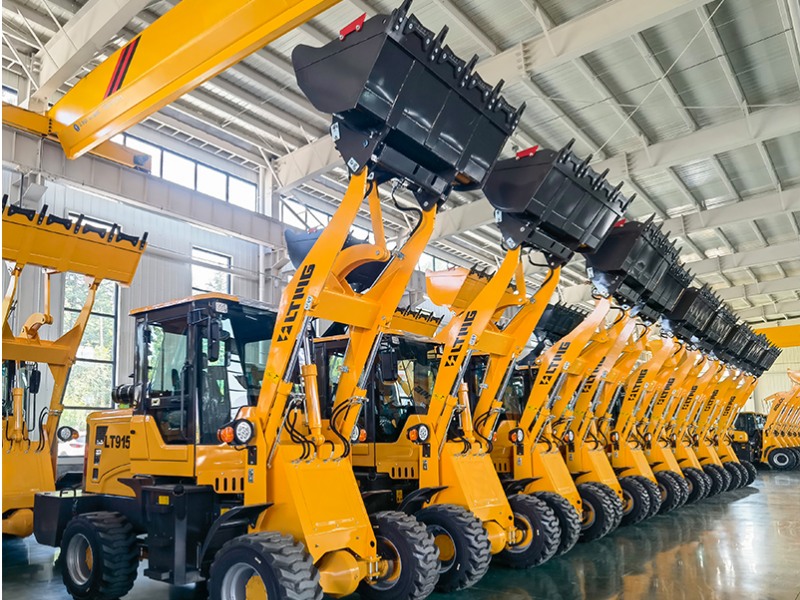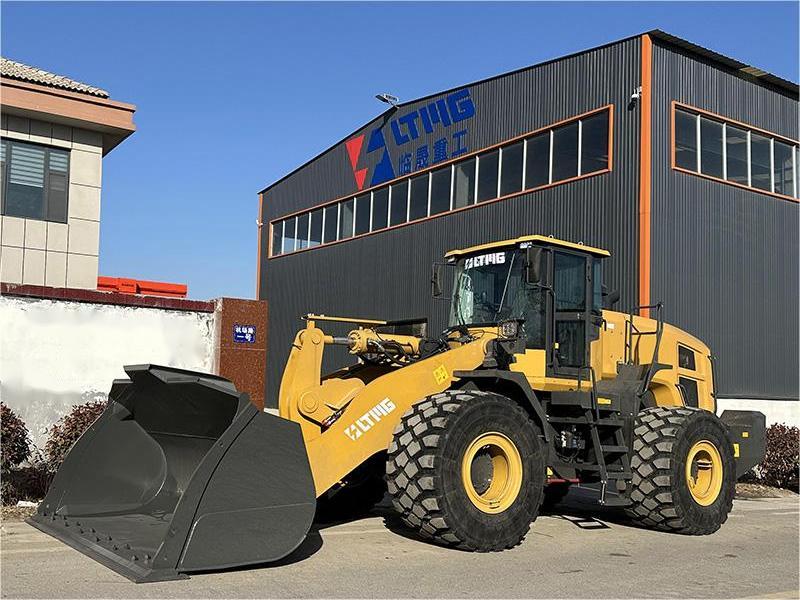Cómo operar un cargador útil: una guía para principiantes
Feb 18, 2024
¡Hola, compañeros entusiastas de la maquinaria pesada! Hoy nos sumergimos en el apasionante mundo de operar un cargador útil. Ya sea que sea un novato en la construcción o esté buscando mejorar sus habilidades, operar este robusto equipo puede cambiar las reglas del juego en su carrera. ¡Así que abróchate el cinturón y exploremos los conceptos básicos para dominar un cargador útil como un profesional! Comprender los conceptos básicosAntes de tomar el asiento del conductor, es fundamental comprender los componentes fundamentales de un cargador útil. Un cargador útil, también llamado cargador frontal, cargador frontal, cargador pala o simplemente cargador, es un tipo de equipo pesado comúnmente utilizado en operaciones de construcción y minería. Normalmente equipados con un cucharón montado en la parte delantera y un potente motor, los cargadores están diseñados para levantar, cargar y transportar diversos materiales en obras de construcción. Familiarícese con los controles, incluidos el volante, el acelerador, los pedales de freno y la palanca universal para mover el cucharón. Seguridad primeroLa seguridad siempre debe ser su máxima prioridad al operar maquinaria pesada como un cargador. Antes de arrancar el motor, realice una inspección minuciosa previa a la operación para asegurarse de que todo esté en buenas condiciones de funcionamiento. Verifique si hay signos de daños o fugas e inspeccione los neumáticos, el sistema hidráulico y las luces. No olvide abrocharse el cinturón de seguridad y ajustar los espejos para una visibilidad óptima. Dominar la maniobrabilidadUna de las habilidades clave al operar un cargador útil es dominar su maniobrabilidad. Practique conducir en áreas abiertas antes de abordar espacios más reducidos o sitios de trabajo concurridos. Obtenga una idea de la respuesta de la dirección y la distancia de frenado, y mantenga siempre una velocidad segura, especialmente cuando navegue por terrenos irregulares o curvas cerradas. Perfeccionamiento del control del cucharónEl corazón del cargador reside en el control del cucharón. La palanca de mando o palanca de control le permite subir, bajar, inclinar y descargar el cucharón con precisión. Practique la coordinación de sus movimientos para recoger materiales de manera eficiente y depositarlos con precisión. Recuerde mantener una carga estable y evitar sobrecargar el cucharón, ya que esto puede afectar el equilibrio y la estabilidad de la máquina. Consejos para la eficienciaPara maximizar su productividad en el trabajo, a continuación se ofrecen algunos consejos para operar un cargador útil con eficiencia:1. Planifique sus movimientos: antes de acercarse a una carga, evalúe la situación y planifique sus movimientos en consecuencia. Coloque el cargador para un acceso óptimo y minimice los viajes innecesarios.2. Operador suave: practique movimientos suaves y controlados para minimizar las sacudidas y golpes que pueden afectar su carga y la estabilidad de la máquina.3. Manténgase alerta: esté siempre atento a su entorno y esté atento a los obstáculos, a otros trabajadores y a los peligros potenciales en el lugar de trabajo.4. El mantenimiento es importante: el mantenimiento regular es esencial para mantener su cargador en óptimas condiciones. Siga las pautas del fabricante para los intervalos de servicio y resuelva cualquier problema con prontitud para evitar el tiempo de inactividad. Operar un cargador útil es a la vez un arte y una ciencia, y requiere habilidad, precisión y buen ojo para la seguridad. Al dominar los conceptos básicos de maniobrabilidad, control del cucharón y eficiencia, podrá convertirse en un operador capaz y seguro en poco tiempo. Tener un proveedor confiable que sepa todo sobre cargadoras de ruedas garantizará que los protocolos de seguridad protejan a su equipo y vehículo para lograr el máximo rendimiento. LTMG Machinery puede brindar asesoramiento experto para unidades de calidad, garantizando que se cumplan sus objetivos comerciales. Así que prepárate, ponte al volante y ¡hagamos que levantar objetos pesados parezca fácil!

